In 1982, the first nationwide STPM was held, and ever since then, the Malaysian Examinations Council (MEC) has been responsible for administering the examination. In 2012, the MEC implemented some changes to the examination system, and if you are considering undertaking Form Six studies, there are crucial changes you should be aware of.
The terminal system has been replaced by a new modular system. Previously, the STPM exam was conducted only once at the end of the 18-month Form Six program. However, under the modular system, the Form Six course is divided into three semesters. As a result, students will sit for the STPM exams each semester (80%) and be evaluated for their registered subjects per semester, while school-based assessments will account for 20% of their final CGPA.
The Form 6 syllabus is now divided into three semesters, where students will only need to study specific topics for each semester and be assessed on those topics at the end of the semester.
Changes have been made to the examination format, where Mathematics subjects previously known as Mathematics T (Pure Mathematics) and Mathematics S (Applied Mathematics) were restructured in 2012. They are now known as Mathematics T (Technical) and Mathematics M (Management) for Science and Arts stream students, respectively.
Let’s take a closer look at the exam format and marking scheme of the Mathematics (T) and Mathematics (M) subjects.
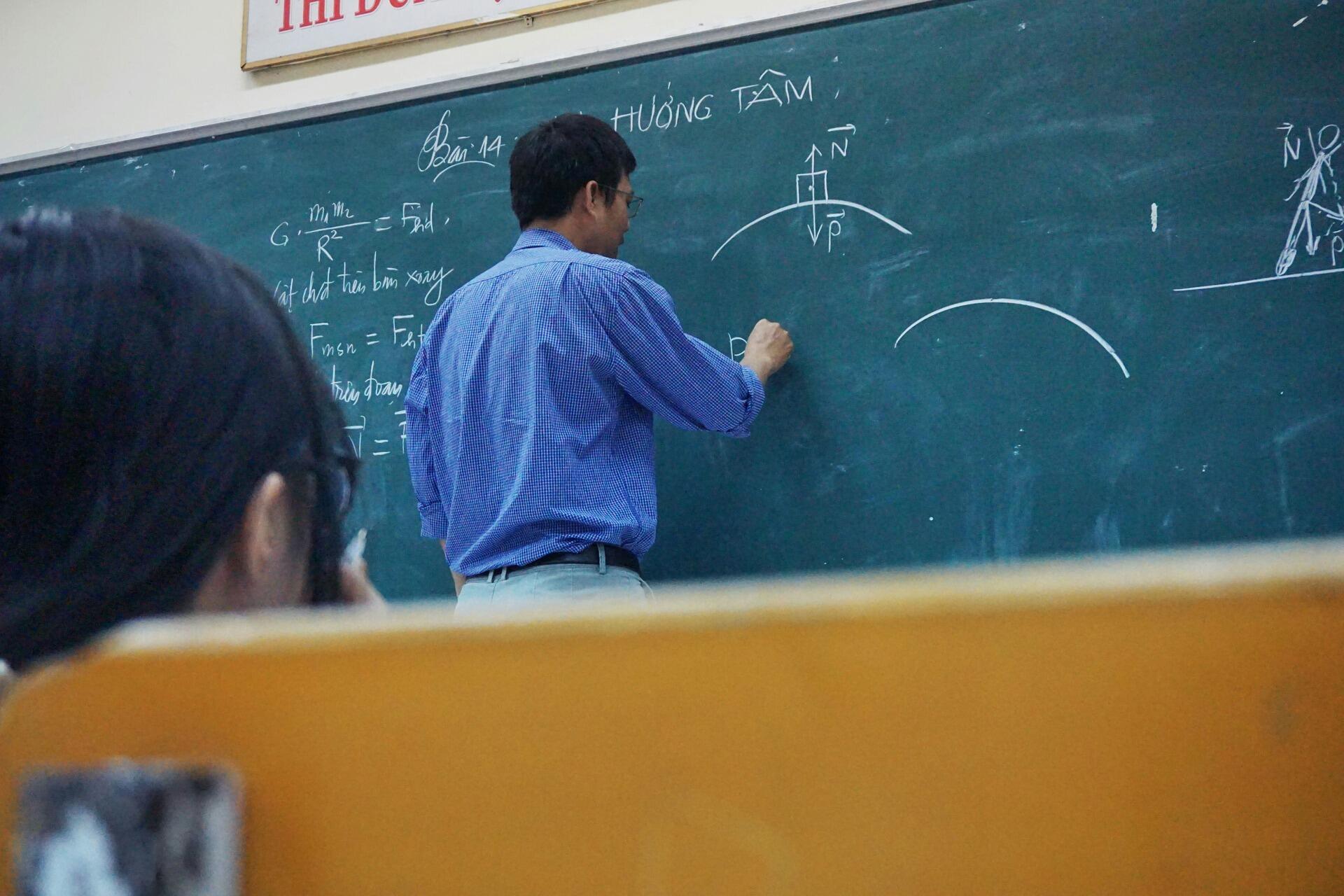

Breaking Down the Mathematics T STPM Meaning and Key Concepts
Mathematics T STPM represents a rigorous pre-university course designed for students aiming to strengthen their analytical and problem-solving abilities. It focuses on abstract reasoning and the practical application of mathematical ideas, making it essential for fields such as engineering, physics, and economics. For Malaysian students, understanding the purpose and meaning of Mathematics T helps in planning study strategies and approaching questions systematically. Each chapter introduces new ideas, building the foundation for tackling complex equations and functions.
Key concepts that students must grasp include:
Functions and Their Applications
At the core of Mathematics T are functions, which describe relationships between numbers and variables. Students learn to evaluate functions, identify unique outputs, and interpret real-life scenarios using graph representation. Practical examples and sample solutions help clarify abstract ideas, making it easier to understand how functions behave under different conditions.
Linear and Non-Linear Equations
Solving linear and higher-order equations is a critical skill. Mastery involves understanding the values that satisfy each equation and applying systematic methods to find the solution. Classroom lessons, shared documents, and books often provide step-by-step answers to guide students through increasingly complex problems.
Probability and Trial Exercises
Probability is introduced to quantify uncertainty and analyse outcomes in controlled trial scenarios. Students explore how sets of events influence results and learn to calculate values for various combinations. Sample questions and worked solutions allow students to repeat techniques until they gain confidence.
Matrices and Graphical Representation
Matrices are used to organise data in rows and columns, allowing for systematic calculation of multiple values at once. Graph-based illustrations and images often accompany explanations to provide visual clarity. Understanding these concepts equips students with tools to solve unique questions efficiently.
In summary, the Mathematics T STPM meaning encompasses both conceptual understanding and practical application. By engaging with each chapter, practising examples, and reviewing past year questions, students strengthen their ability to tackle equations, functions, and series with confidence. Consistent study, reinforced by accessible tuition, free resources, and detailed answers, ensures learners can achieve higher marks while appreciating the real-world relevance of mathematical concepts. For Malaysian students, understanding the STPM in detail helps put the Mathematics T syllabus into context, showing how each topic fits within the broader pre-university programme and how it contributes to overall exam preparation.
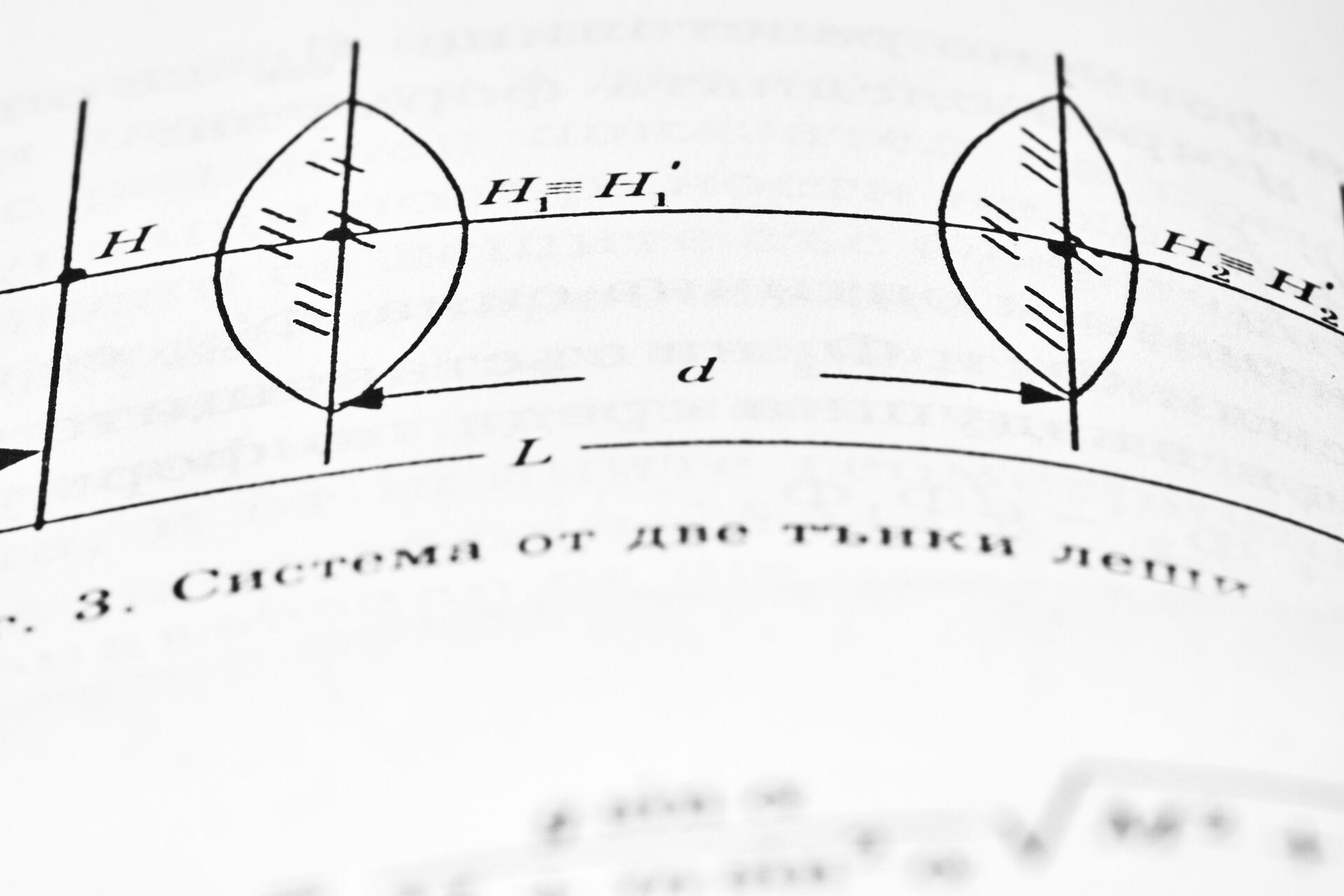
Breaking Down the Mathematics M STPM Meaning and Key Concepts
Mathematics M STPM is designed to provide a comprehensive understanding of fundamental mathematical principles, focusing on practical applications and problem-solving techniques. Unlike other streams, it emphasises quantitative reasoning and the development of skills that are directly applicable to fields like business, social sciences, and everyday decision-making. Malaysian students following this stream benefit from a structured approach that gradually increases in complexity, allowing them to gain confidence in solving a variety of mathematical problems.
Key elements of Mathematics M include:
Algebra and Number Manipulation
Students explore expressions, equations, and the manipulation of numbers to develop a strong algebraic foundation. This includes learning methods to simplify expressions, factorise terms, and solve equations systematically. By practising these concepts, learners strengthen their problem-solving abilities and prepare for both classroom exercises and assessments.
Statistics and Data Interpretation
A significant part of the course focuses on collecting, organising, and interpreting data. Students work with tables, charts, and simple statistical measures such as mean, median, and mode. This equips them to make informed decisions based on quantitative information, a skill that is valuable not only for exams but also for real-world scenarios.
Financial and Practical Applications
Mathematics M integrates practical applications, such as interest calculations, budgeting, and understanding percentages. These concepts help students relate mathematical theory to everyday situations, enhancing comprehension and engagement. Classroom lessons and exercises often include relatable examples to illustrate these applications effectively.
Graphs and Functions
Understanding graphs and the behaviour of simple functions is another essential component. Students learn to interpret trends, identify patterns, and draw conclusions from graphical representations. Practising with different examples ensures that learners can confidently handle questions in both coursework and examinations.
In conclusion, the Mathematics M STPM stream provides Malaysian students with a solid foundation in both theoretical and practical aspects of mathematics. By focusing on algebra, statistics, practical applications, and graphical interpretation, learners develop the skills needed to tackle problems efficiently and logically. Consistent study, practice, and engagement with real-life examples allow students to apply mathematical concepts confidently, laying the groundwork for success in assessments and future academic pursuits.
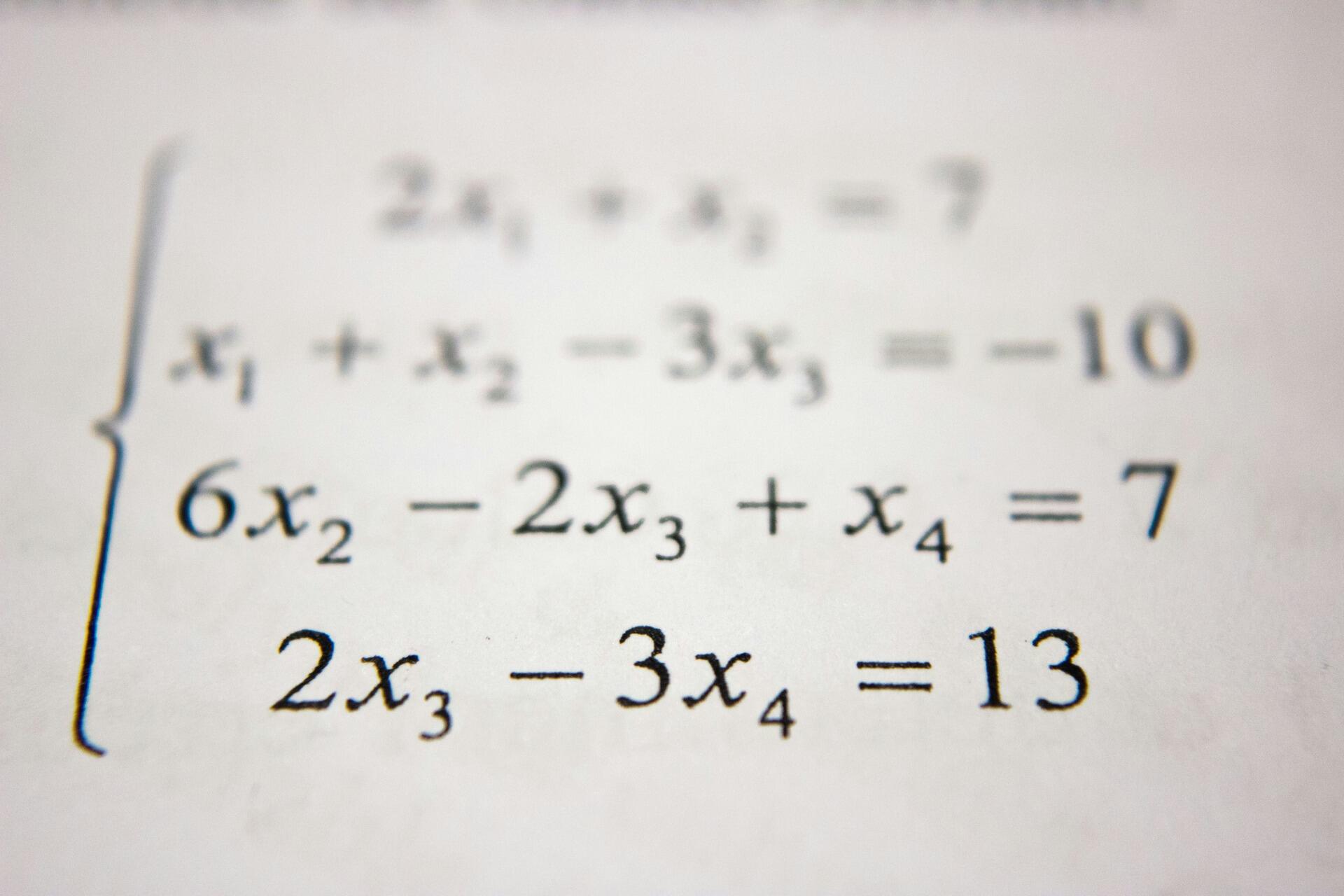
What Stream to Choose?
The STPM program includes two streams, namely Science and Arts, and is carried out over a period of one and a half years. Students are allowed to register for the examination with at least one subject and a maximum of five subjects, which includes General Studies. The intake for the program is only once a year, which is in May. The subjects available are divided into categories such as language and literature, social sciences and religion, as well as science and mathematics.
To enrol in the Art Stream, you must have a minimum of three credits in SPM with a grade value of no more than 12. On the other hand, if you aim to pursue the Science Stream, you must have a minimum of three credits in SPM with a grade value of no more than 18.
Most prospective Form Six students commonly face the problem of choosing which subjects to take. Choosing a stream is not typically an issue since SPM Art Stream students are automatically placed in Form Six Art Stream, while SPM Science Stream students are offered either Science or Art Stream based on their SPM results.
At the beginning of Lower Sixth Form, some Science Stream students may apply to switch to Art Stream due to reasons such as having a clearer understanding of their future careers related to the humanities or realising their preference for arts over science.
However, switching from Science to the Art Stream is only possible if the student has strong reasons for doing so. It is rare for an SPM Art Stream student to switch to the Science Stream, as they would not have taken Biology, Chemistry, and Physics during their Form Four and Five studies.
The choice of stream should depend on your interests, strengths, and career aspirations. If you enjoy and excel in Science subjects and plan to pursue a career in a related field, then the Science stream with STPM Maths T would be a suitable choice.
On the other hand, if you prefer subjects like Financial Accounting, Business Studies, Economics, and Maths, and plan to pursue a career in a business-related field, then the Arts stream with STPM Maths M would be a better fit.
Ultimately, it's important to choose a stream that aligns with your interests and goals, as this will make your studies more enjoyable and fulfilling. Students who want to maximise their performance can also refer to practical tips to score well in STPM, which help guide study strategies and exam preparation effectively.
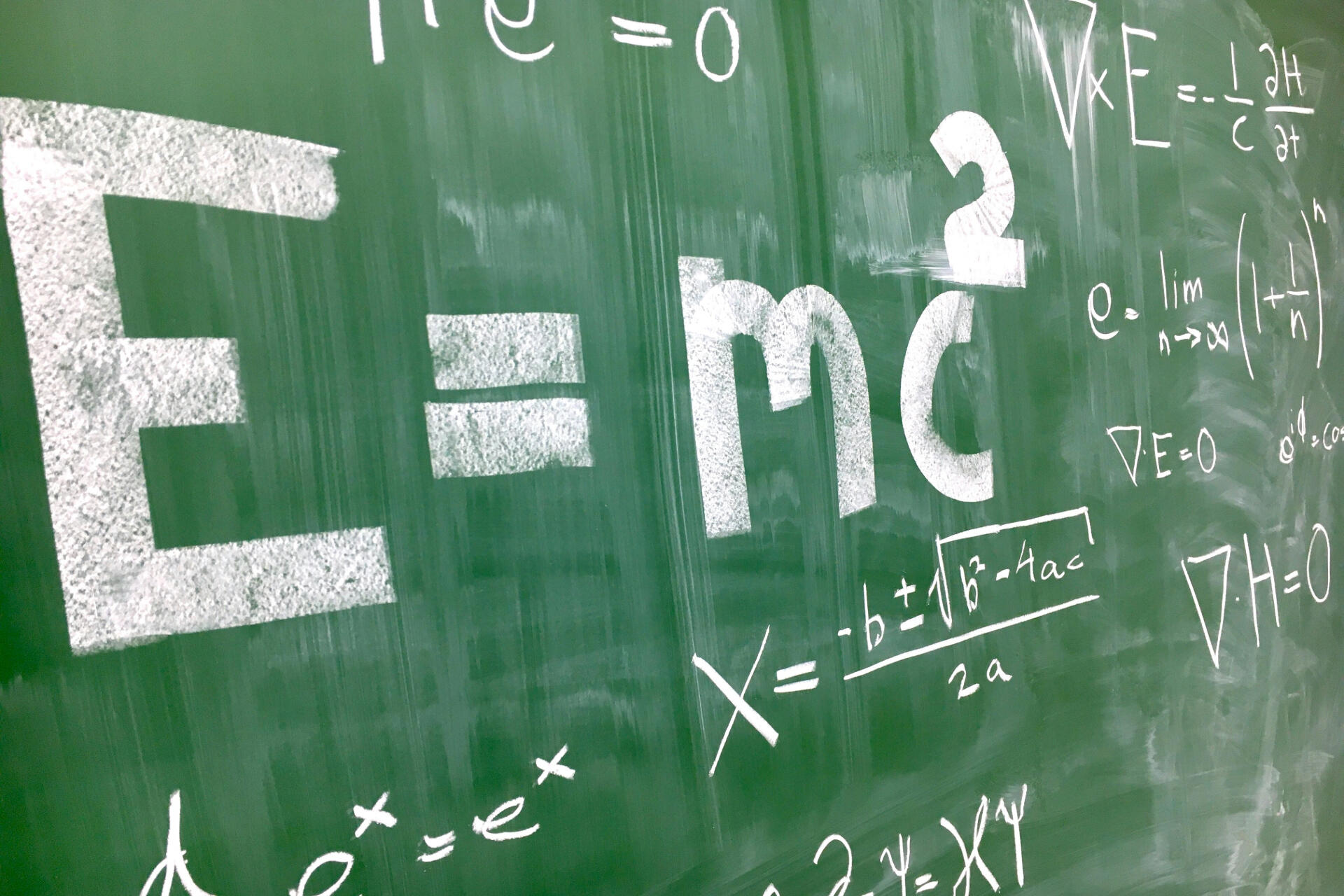

Understanding the Syllabus of STPM Mathematics T Sem 1
The STPM Mathematics T Sem 1 syllabus lays the groundwork for students pursuing the T stream in pre-university studies. This semester focuses on developing a strong understanding of functions, equations, and fundamental concepts that will be applied in later topics. For Malaysian students, this initial exposure is crucial as it sets the tone for tackling both practical and theoretical questions in the examination. Engaging with each chapter thoroughly allows students to gain confidence in approaching unfamiliar problems.
Key areas of focus in Semester 1 include:
Functions and Linear Equations
Students begin by exploring various types of functions and learning how to solve linear equations. Understanding the values of variables and the solution process is essential for answering both routine and complex questions. Teachers often provide examples and sample solutions to illustrate step-by-step approaches.
Probability and Series
The concept of probability is introduced to help students analyse the likelihood of certain events. This topic is connected to trial exercises, data analysis, and graphs to visualise outcomes. Series and sequences are also covered, teaching students how to find the sum or value of different arrangements of numbers.
Matrices and Geometry
Understanding matrices and row operations is another core component. This includes performing operations on matrix sets and interpreting data in matrix form. Basic geometry is integrated to provide a visual understanding of functions and equations, often supported by images in textbooks or documents shared during lessons.
Exam-Oriented Practice
Engaging with past year questions is highly recommended. By reviewing answers from previous exams, students can identify common question patterns and strengthen their ability to repeat similar problem-solving methods in the exam. Many tuition centres offer guidance on sample questions and worked solutions, which can be accessed through emails or shared books.
In conclusion, mastering the STPM Mathematics T Sem 1 syllabus requires consistent practice and careful attention to the description of each chapter. Students should actively engage with examples, solutions, and questions while reinforcing their understanding of functions, equations, and matrices. By doing so, they will develop the skills necessary to tackle both unique and standard questions in upcoming exams, ensuring they achieve the best possible marks for their efforts.
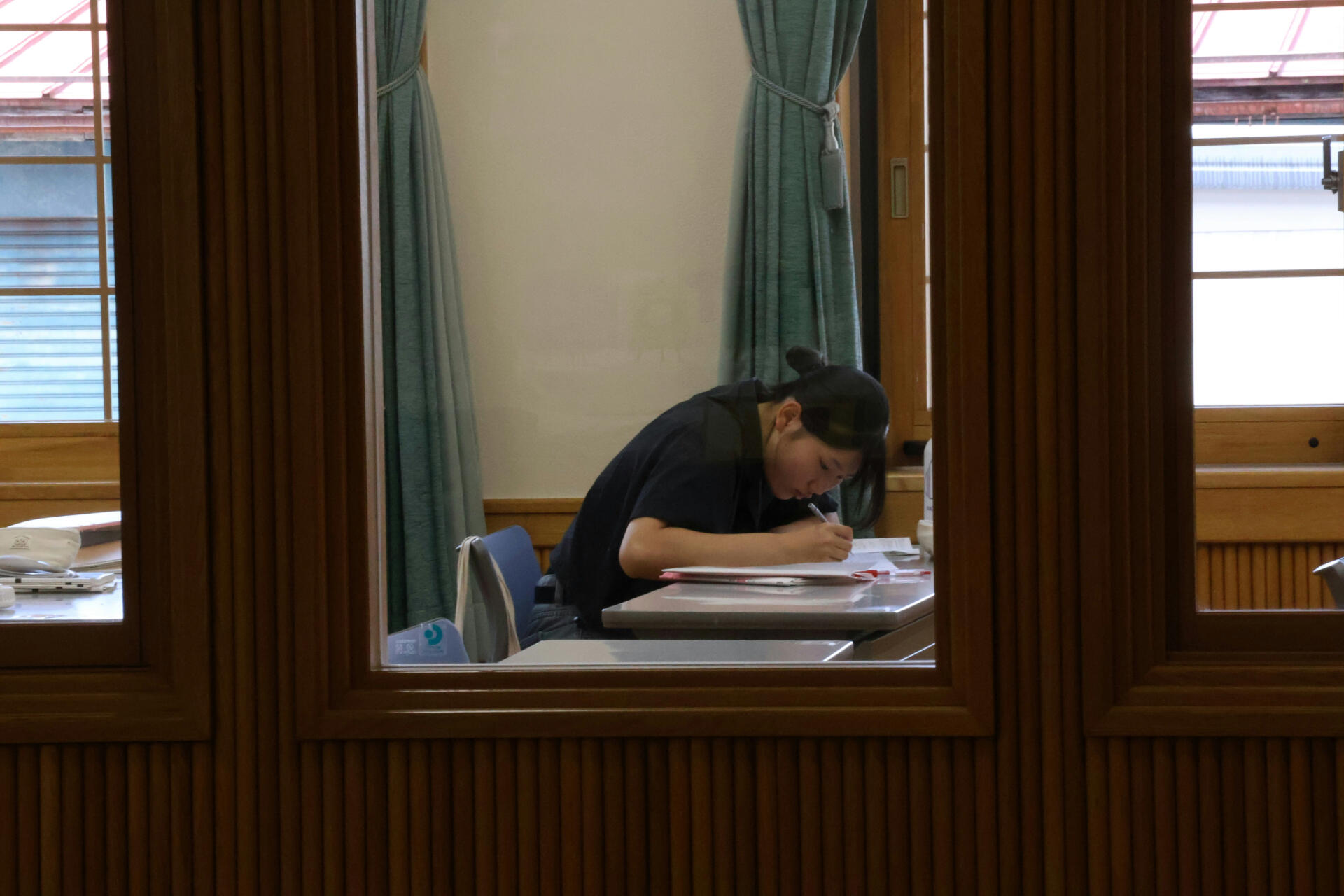
Understanding the Syllabus of STPM Mathematics T Sem 2
The STPM Mathematics T Sem 2 syllabus builds on the foundational concepts introduced in Semester 1. This semester emphasises more complex functions, equations, and the application of probability and series in problem-solving. For Malaysian students, understanding these topics thoroughly is vital to achieving high marks and performing confidently in past year examinations. Each chapter introduces new skills while reinforcing previous knowledge, allowing students to apply methods to a variety of questions.
Key areas covered in Semester 2 include:
Advanced Functions and Equations
Students explore more intricate functions and non-linear equations. Learning how to manipulate values and derive solutions step by step is crucial. Teachers often provide examples, sample solutions, and exercises to help students understand the description of the functions and apply them to different questions.
Probability and Data Analysis
This topic expands on trial and event probability, incorporating data interpretation using graphs and sets. Students learn to calculate probabilities from experimental outcomes and predict likely values. Exercises often include worked solutions, sample questions, and guidance through classroom lessons or shared documents.
Matrices and Linear Systems
Handling matrices and performing row operations remain important. Students are expected to solve linear equations using matrix methods and interpret matrix data efficiently. Many tuition centres provide books, images, and step-by-step explanations that students can access through email or in-class lessons.
Geometry and Graphs
Geometry concepts are integrated to enhance visual understanding of functions and equations. Students practise plotting graphs, interpreting sets, and calculating series values. Using examples and solutions from past year questions allows learners to repeat techniques and understand unique problem types.
To summarise, mastering STPM Mathematics T Sem 2 requires consistent practice and engagement with questions, solutions, and examples provided in each chapter. Students who actively review past year questions and follow step-by-step solutions are more likely to excel.
Understanding functions, matrices, and probability not only helps in exams but also strengthens analytical skills, ensuring students achieve the best marks and confidence in their mathematical abilities. For those looking to reinforce their preparation, exploring the best resources for STPM revision can provide additional practice, guidance, and structured study materials to maximise performance.
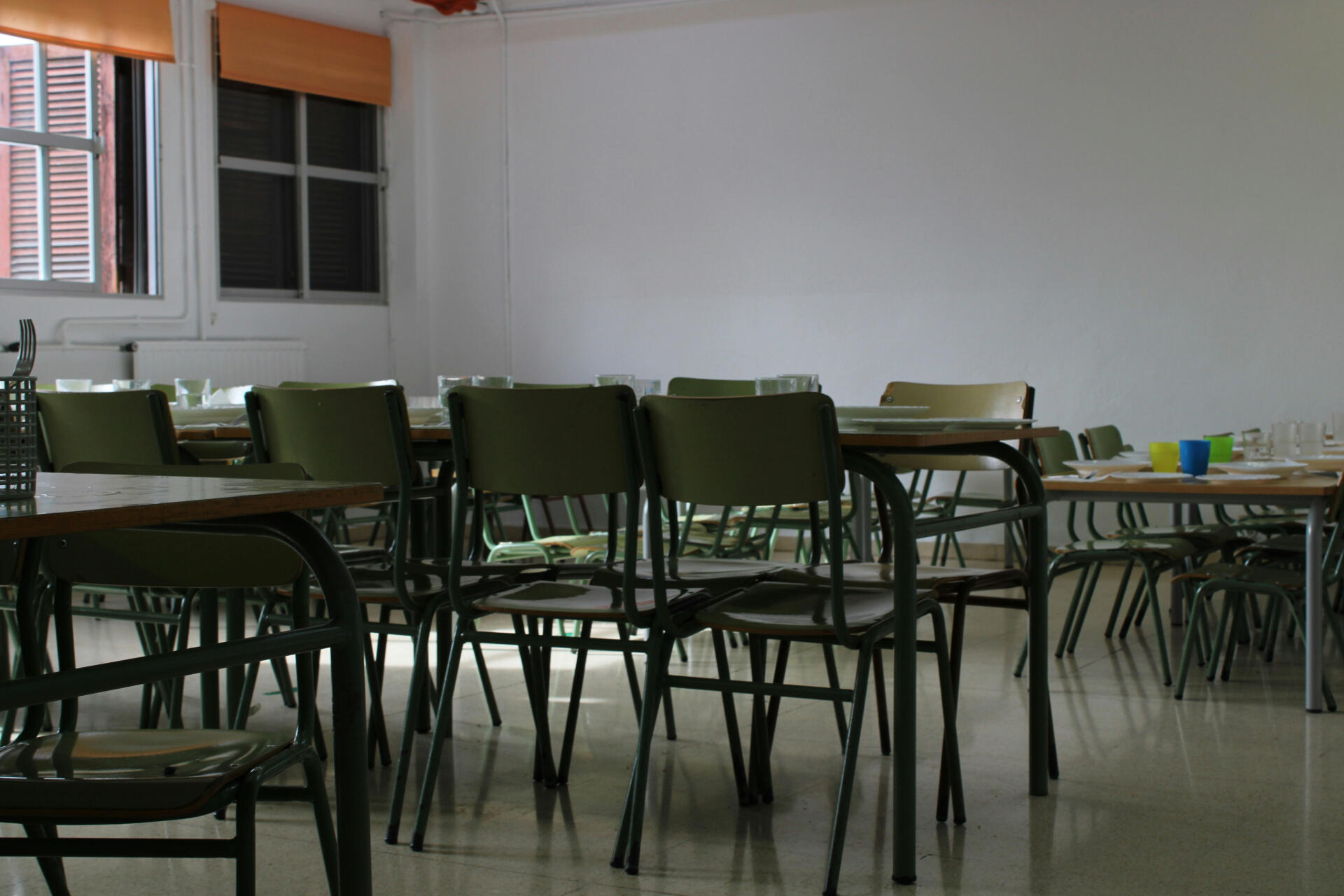
STPM Maths Exam Format
The latest STPM syllabus has been divided into three sections, with each section being taught separately during one of the three terms within one and a half years. There will be exams at the end of each term, and the results will be published by the end of that particular term.
The assessment tools for this subject consist of written papers and coursework. There are four papers to be completed for both Mathematics (T) and Mathematics (M):
Mathematics (T)
- 954/1 Mathematics (T) Paper 1
- 954/2 Mathematics (T) Paper 2
- 954/3 Mathematics (T) Paper 3
- 954/4 Mathematics (T) Paper 4
Mathematics (M)
- 950/1 Mathematics (M) Paper 1
- 950/2 Mathematics (M) Paper 2
- 950/3 Mathematics (M) Paper 3
- 950/4 Mathematics (M) Paper 4
The format of papers 1 to 3 is the same for both Mathematics papers T and M:
- All three papers carry 60 marks (26.67%)
- There are 2 sections in each paper
- Section A carries 45 marks, and students are required to answer all questions of variable marks
- Section B carries 45 marks, and students are required to answer 1 out of 2 questions
- Students are given 1 hour and 30 minutes for each paper
The Paper 4 format is also the same for both Mathematics papers T and M:
- This is a coursework component
- There are 3 assignments, each based on
- Topics 1 to 6
- Topics 7 to 12
- Topics 13 to 18. - The total marks accumulated throughout the semesters will be scaled to 45 and converted to 20% for the overall grade weightage
- Since it is a school-based assessment, it will be graded by your teacher at school
Only the topics covered in each paper differ between Mathematics papers T and M, while the format remains the same for all papers.
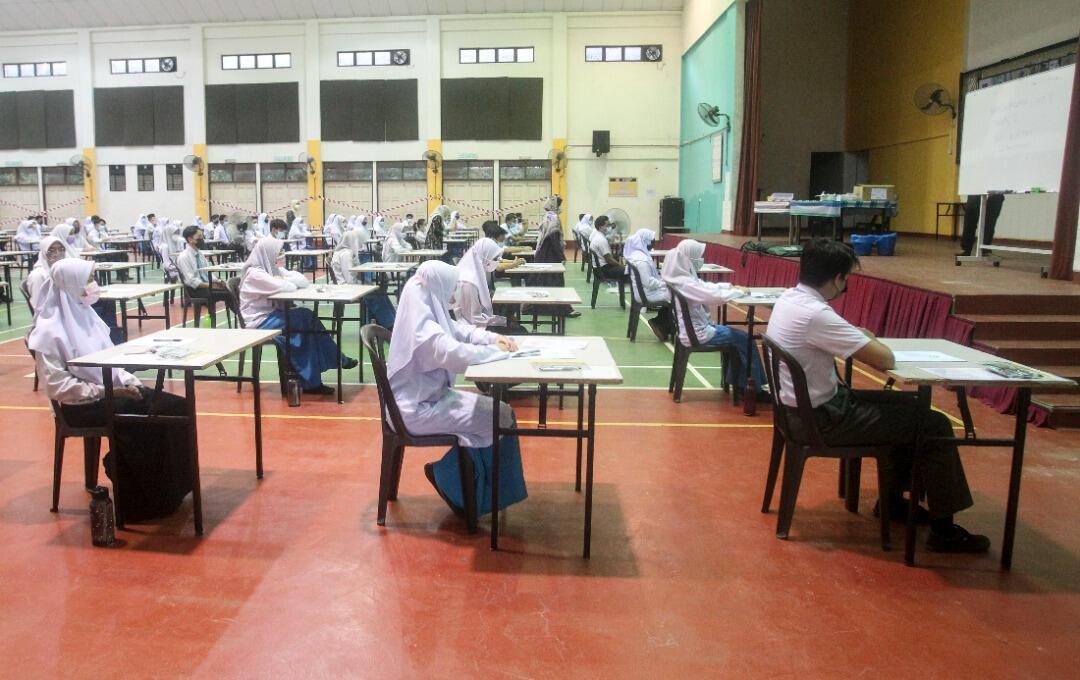
STPM Grading System
STPM uses the Cumulative Grade Point Average (CGPA) system in determining the overall result of STPM. Starting in 2012, the CGPA points for each subject have been known as Nilai Gred Mata Pelajaran (NGMP). Therefore, candidates need to know how to calculate the latest STPM results so that they can strategise to achieve excellent results and qualify to apply for admission to universities in the country or abroad.
The STPM grading system has expanded to include 11 grades, as opposed to the previous 7 grades. The table above illustrates the STPM subject grades and their corresponding grade points.
In terms of subject grades, achieving a grade between C and A with a corresponding value of 2.00 to 4.00 is regarded as a complete passing grade. A grade between D and C with a corresponding value of 1.00 to 1.67 is considered a partial passing grade, while a grade of F is valued at 0.00 and is considered a fail.
To be granted an STPM certificate, a candidate must obtain a partial passing grade or better in at least one subject. Students looking to improve their performance can also benefit from applying the best revision techniques for STPM, which focus on structured practice, time management, and effective use of past year questions to maximise their results.

How to Score an A in STPM Mathematics?
To score an A for STPM Maths T and M based on the marking scheme, students must be able to:
(a) demonstrate a thorough understanding of mathematical concepts, terminology, and notation;
(b) accurately interpret and represent mathematical data through tables, diagrams, and graphs;
(c) recognise mathematical patterns and structures in different situations;
(d) effectively apply mathematical models in various contexts;
(e) accurately apply mathematical principles and techniques to solve problems;
(f) conduct calculations and approximations with an appropriate level of accuracy;
(g) correctly interpret and evaluate results, making reasonable predictions when necessary;
(h) communicate mathematical concepts, arguments, and conclusions in a clear, logical, and systematic manner.
Practising past year STPM exam papers and trial papers will help you practice and understand the type of questions that will come out in the exam. This will help you score an A in this subject.
If you want some tips on how to score in the STPM maths exam, click here!
If you are struggling with STPM maths, hiring a qualified tutor can be the ideal solution. It is also recommended to seek out a personal tutor who specialises in maths, as they can boost your confidence, provide personalised assistance, and offer flexibility in terms of scheduling and location.
When searching for an STPM maths tutor, it is important to look for certain qualities that make for a good academic instructor, such as patience, communication skills, and teaching ability.
While there are many online tutoring sites available in Malaysia, Superprof stands out as the best option. They offer competitive pricing for maths tutors throughout the country and have a diverse selection of tutors to meet the needs of any student. Whether you prefer online or in-person tutoring, Superprof can help connect you with a tutor who can accommodate your preferences.
Visit the Superprof website to locate a qualified maths tutor who is located close to you. The best part about Superprof tutors is that you can take advantage of a free first lesson. This means you are not obliged to stick with the same tutor if you are not satisfied with the initial class.
By hiring a Superprof tutor, you can address any issues you may have with any maths topics. We are confident that you won't regret your decision to choose Superprof.
















